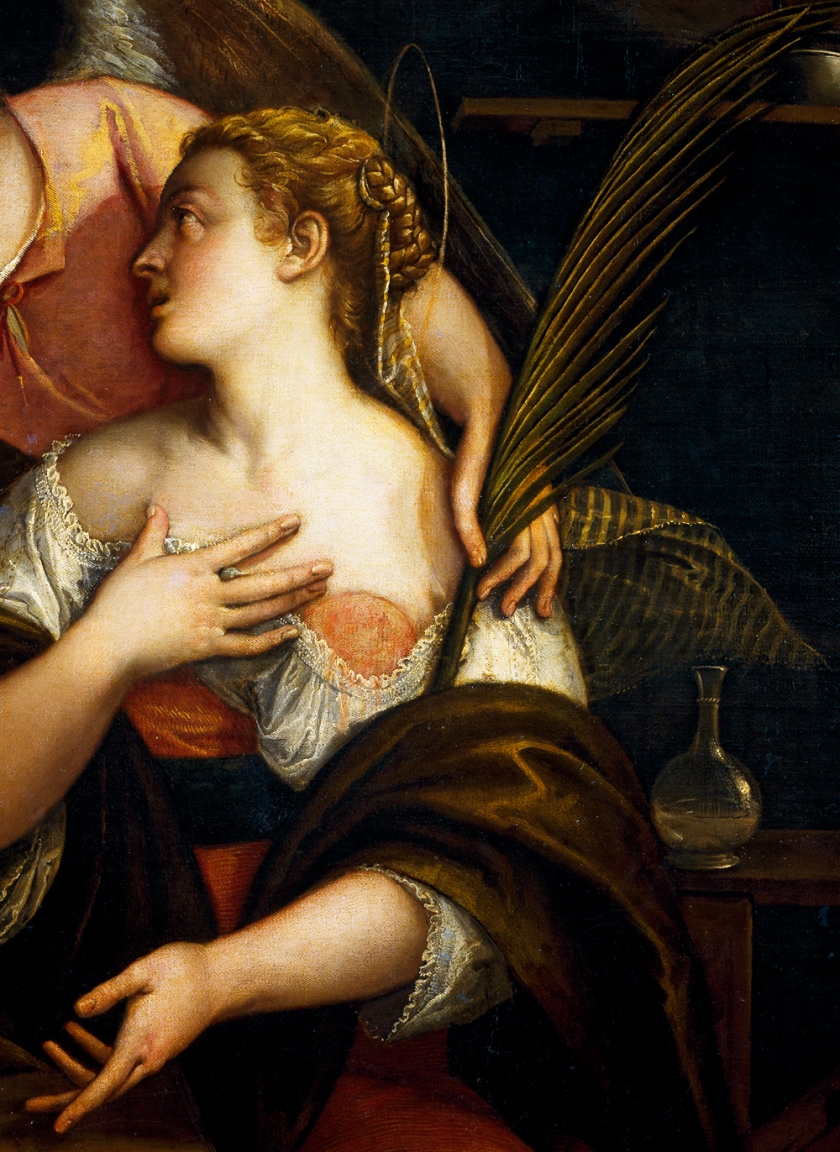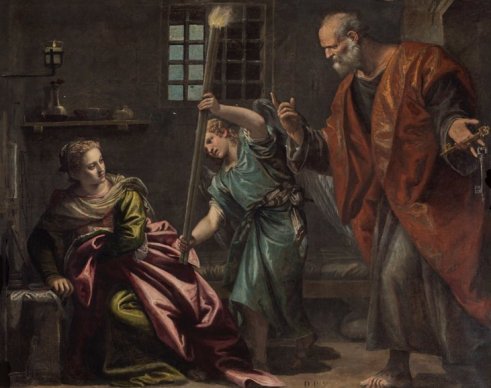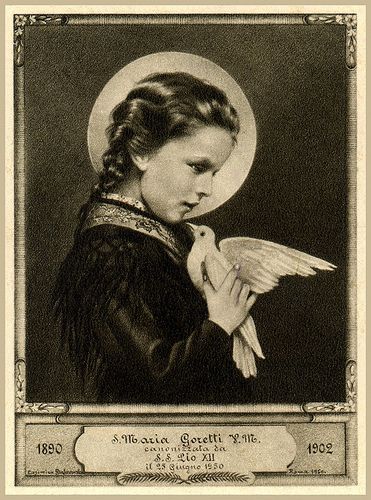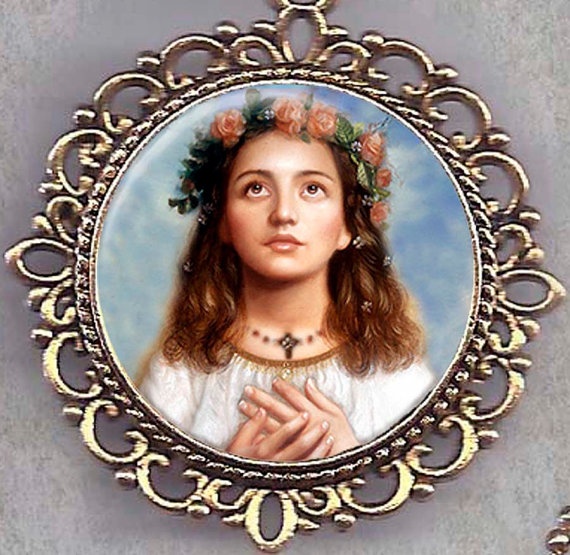Saint of the Day – 5 February – St Agatha (c 231- c 251) Virgin and Martyr. St Agatha was born at Catania or Palermo, Sicily and she was martyred in approximately 251 at Catania, Sicily by being rolled on coals. She is one of seven women, who, along with the Blessed Virgin Mary, are commemorated by name in the Canon of the Mass. Patronages – against breast cancer, against breast disease, against earthquakes, against eruptions of Mount Etna, against fire, against natural disasters, against sterility, against volcanic eruptions, of bell-founders, fire prevention, jewellers, martyrs, nurses, rape victims, single laywomen, torture victims, wet-nurses, Malta, San Marino, 64 Cities.

One of the most highly venerated virgin martyrs of Christian antiquity, Agatha was put to death during the persecution of Decius (250–253) in Catania, Sicily, for her determined profession of faith. Her written legend comprises “straightforward accounts of interrogation, torture, resistance and triumph which constitute some of the earliest hagiographic literature”. Although the martyrdom of Saint Agatha is authenticated and her veneration as a saint had spread beyond her native place even in antiquity, there is no reliable information concerning the details of her death.

According to Jacobus de Voragine, Golden Legend of c 1288, having dedicated her virginity to God, fifteen-year-old Agatha, from a rich and noble family, rejected the amorous advances of the low-born Roman prefect Quintianus, who then persecuted her for her Christian faith. He sent Agatha to Aphrodisia, the keeper of a brothel. The madam finding her intractable, Quintianus sent for her, argued, threatened and finally had her put in prison. Amongst the tortures she underwent was the cutting off of her breasts with pincers.



After further dramatic confrontations with Quintianus, represented in a sequence of dialogues in her passio that document her fortitude and steadfast devotion, Saint Agatha was then sentenced to be burnt at the stake but an earthquake saved her from that fate; instead, she was sent to prison where St Peter the Apostle appeared to her and healed her wounds. Saint Agatha died in prison, according to the Legenda Aurea in “the year of our Lord two hundred and fifty-three in the time of Decius, the emperor of Rome.”
Saint Agatha is a patron saint of Malta, where in 1551 her intercession through a reported apparition to a Benedictine nun is said to have saved Malta from Turkish invasion. Agatha is the patron saint of bell-founders because of the shape of her severed breasts and also of bakers, whose loaves were blessed at her feast day. More recently, she has been venerated as patron saint of breast cancer patients. She is claimed as the patroness of Palermo. The year after her death, the stilling of an eruption of Mt. Etna was attributed to her intercession. As a result, apparently, people continued to ask her prayers for protection against fire.
Agatha is buried at the Badia di Sant’Agata, Catania. She is listed in the late 6th-century Martyrologium Hieronymianum associated with Jerome and the Synaxarion, the calendar of the church of Carthage, ca. 530.
Two early churches were dedicated to her in Rome, notably the Church of Sant’Agata dei Goti in Via Mazzarino, a titular church with apse mosaics of c 460 and traces of a fresco cycle, overpainted by Gismondo Cerrini in 1630. Agatha is also depicted in the mosaics of Sant’Apollinare Nuovo in Ravenna, where she appears, richly dressed, in the procession of female martyrs along the north wall.
Basques have a tradition of gathering on Saint Agatha’s Eve (Basque: Santa Ageda bezpera) and going round the village. Homeowners can choose to hear a song about her life, accompanied by the beats of their walking sticks on the floor or a prayer for the household’s deceased. After that, the homeowner donates food to the chorus.[25] This song has varying lyrics according to the local tradition and the Basque language.
An annual festival to commemorate the life of Saint Agatha takes place in Catania, Sicily, from February 3 to 5. The festival culminates in a great all-night procession through the city for which hundreds of thousands of the city’s residents turn out.
St Agatha’s Tower is a former Knight’s stronghold located in the north west of Malta. The seventeenth-century tower served as a military base during both World Wars and was used as a radar station by the Maltese army.






















You must be logged in to post a comment.